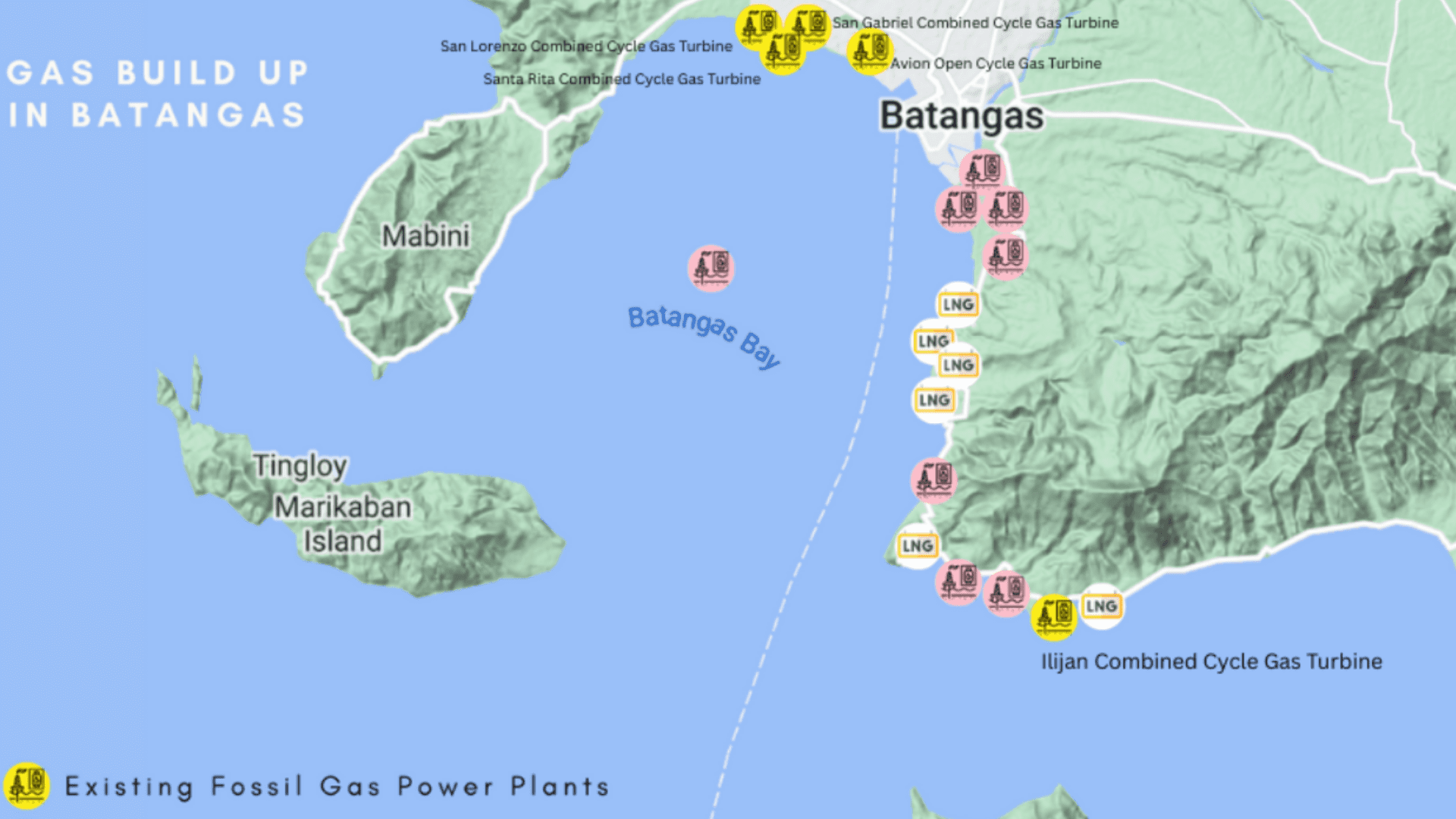Ship traffic can release methane trapped underwater
Rising Ship Traffic Threatens Methane Emissions in Philippines

Recent research reveals that increased ship traffic in shallow, oxygen-poor waters can significantly disturb methane deposits, releasing this potent greenhouse gas into the atmosphere. A study published in Nature Communications Earth & Environment indicates that emissions can spike up to 20 times higher than in undisturbed areas. This finding is particularly concerning for the Philippines, where the reliance on imported liquefied natural gas (LNG) is set to escalate, potentially exacerbating methane emissions in coastal regions.
Impact of Increased LNG Vessel Traffic
The Center for Energy, Ecology, and Development (CEED) has projected a dramatic rise in LNG vessel traffic in the Verde Island Passage, from one or two ships per week to as many as seven or eight. This surge could lead to approximately 387 shipments annually, significantly increasing the risk of methane emissions. Each LNG vessel has a capacity of 267,000 cubic meters, making them among the largest in operation.
The report highlights that the increase in vessel traffic is tied to the operation of gas-fired power plants in the Philippines, which have begun using imported LNG following the decline of the Malampaya gas field. While the CEED report does not specifically address methane emissions from sediment disturbance, the anticipated rise in shipping activity raises alarms about potential environmental impacts. Similar conditions in coastal areas, such as Neva Bay in Russia, have shown that ship turbulence can trigger substantial methane releases, underscoring the need for vigilance in the Philippines.
Understanding Methane Emissions from Ship Traffic
Research conducted by Chalmers University of Technology in Sweden has revealed that ship traffic can cause short but intense bursts of methane emissions due to pressure changes and sediment disturbance. Initially focused on air pollution from ship exhaust, researchers were surprised to find elevated methane levels that were not linked to the type of fuel used. This indicates that all vessels contribute to the problem, regardless of their fuel source.
Wärtsilä’s Key Role in Singapore’s Next-Generation Vessel Traffic Management System
Amanda Nylund, a lead researcher, emphasized that even brief pulses of methane from ship movements can accumulate to significant daily emissions. This finding challenges current climate accounting practices, which often overlook methane released from disturbed sediments. The study calls for improved monitoring of methane emissions, particularly in dynamic coastal environments where shipping activities are increasing.
Methane accumulates in oxygen-poor sediments as organic matter decomposes. Anaerobic microbes produce methane, which remains trapped until disturbed. Disrupting these sediments not only releases methane but also destabilizes the biological systems that regulate carbon and nutrient cycles, posing long-term risks to marine ecosystems. Increased vessel traffic can lead to hypoxia, further endangering marine life and exacerbating environmental challenges in sensitive areas like the Verde Island Passage.
As the Philippines continues to expand its LNG infrastructure, the implications of rising ship traffic on methane emissions and coastal ecosystems warrant urgent attention.
